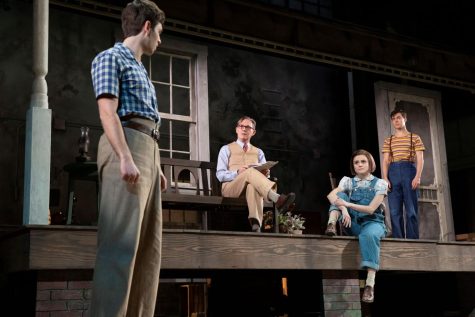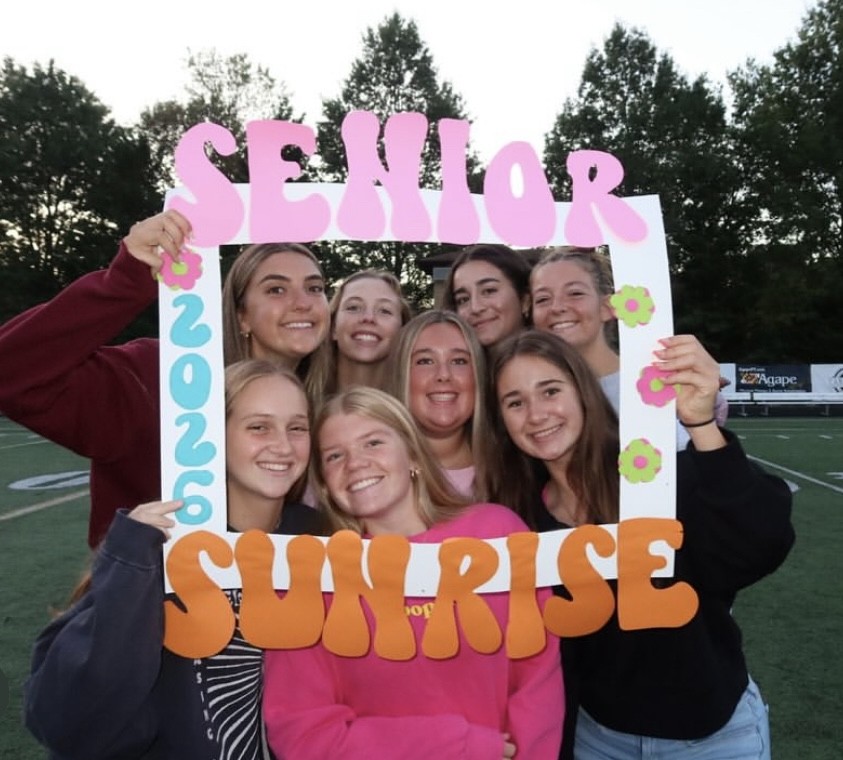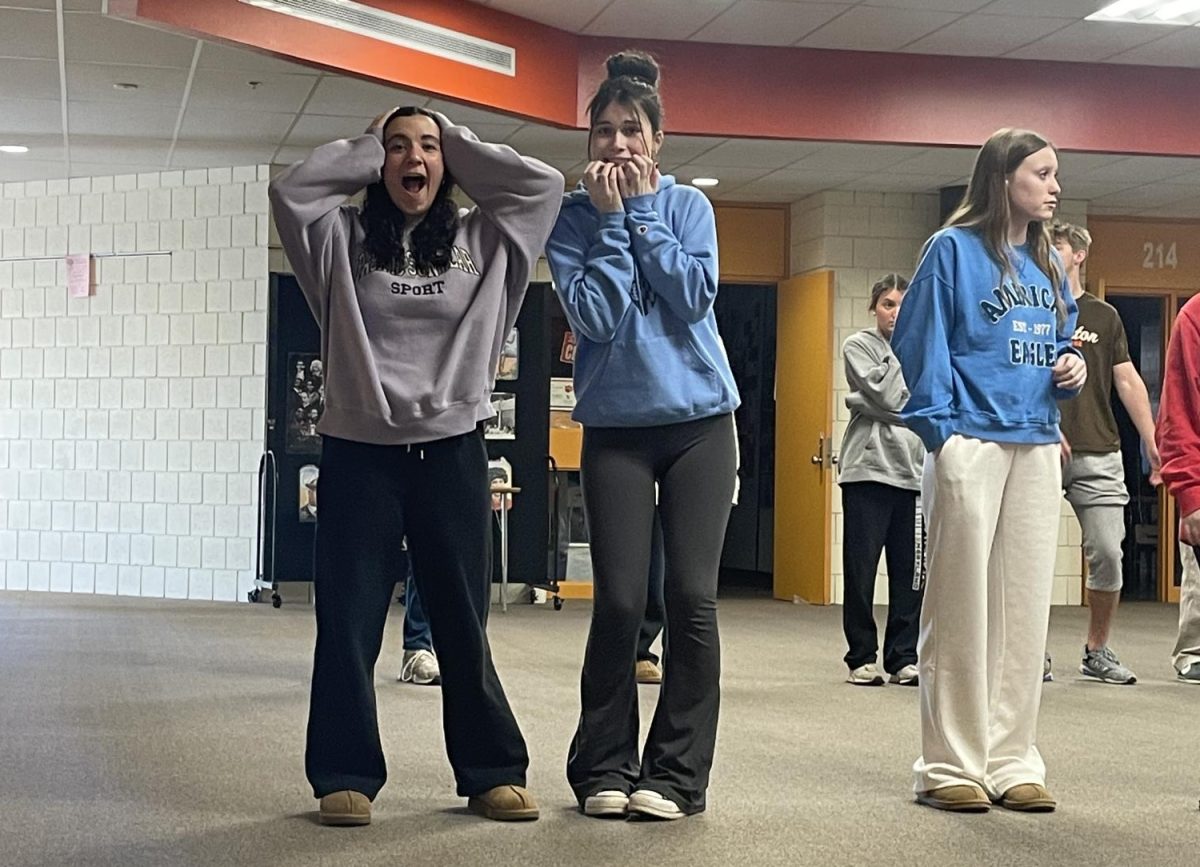To Kill a Mockingbird is Still Prevalent Today
April 11, 2023
The play To Kill a Mockingbird is an astonishing production in its own right. It is far from an exact copy of the 1960 novel by Harper Lee and it doesn’t take the same creative liberties as the 1962 film starring Gregory Peck. The play is an entirely separate – yet just as captivating – entity.
Director Bartlett Cher and Playwright Aaron Sorkin took Harper Lee’s coming-of-age story, turned it on its head, and transformed it into a powerful political drama about race and privilege in Alabama during the 1930s. With a talented 24-member cast, an extravagant moving set, and well-thought-out choreography, Cher and Sorkin told the same story from the book but added intentional twists to comment on the social and political climate of today. They do so in such a way that is subtle yet clear to any viewer who is aware of the current race debate. In addition to the social commentary, the play also updated the structure of the novel and tells the story as if it had already happened and is being retold. This allows the play to put the trial at the forefront of the play and embedded the other scenes around it.
The book, which many AP English Language and Composition students just finished, explores the dynamics between people of different races, education statuses, socioeconomic backgrounds, and ages. It also focuses on two distinctly different things: Jem and Scout growing up, and their father, Atticus, defending a wrongfully accused black man, Tom Robinson, in court. Tom has been accused of raping a white woman, Mayella Ewell, and Atticus Finch takes on the trial even though there is little hope of winning because he knows it is the right thing to do. The book, unlike the play, unfolds in chronological order and is told only from Scout’s perspective.
In recent years, the book has undergone thorough scrutiny and has even been banned in certain schools due to its racial epithets and other mature content. Despite its usage of the n-word and content surrounding a rape case, the book is an important read for today’s students and the play has only helped to prove this. Never has a show elicited such strong emotions from me as this play did. I had read the book and knew how it would end, but I was literally on the edge of my seat the entire time. The cast puts on a life-changing show. The play makes it clear that Atticus is fighting for justice and is angry that the jury’s racism will get in the way of a fair trial for Tom Robinson.

Richard Thomas does a fantastic job as Atticus by transforming from gentle and genial in the first act to a broken and humbled man in the second act. In the second act when Atticus realizes that considering others’ perspectives only works when those people aren’t stuck in their ways, he becomes disillusioned from his belief that people will act according to facts and not beliefs.
The play also gives the two black characters, Tom and Calpurnia, a more contemporary voice and bigger roles. Yaegel T. Welch gives an explosive and woeful presentation of Tom Robinson. His passionate performance nearly brought me to tears and Jaqueline Williams as Calpurnia was a perfect choice! She’s courageous, she’s wise, and she beautifully mediates Richard Thomas’ reverence as Atticus. Calpurnia, even more so than in the books, provides a contrast to Tom Robinson’s life – two black Americans, different backgrounds, and different treatment from white people. Calpurnia also serves as a character who can remind both Atticus and the audience of their assigned privileges.
Melanie Moore, Justin Mark, and Steven Lee Johnson also put on incredible performances as Scout, Jem, and Dill, respectively. It is especially impressive that the trio play young kids and do so convincingly as they are all much older in real life. Melanie Moore in particular delivers an electric staging of Scout.
Using the trio to re-tell the story was brilliant. They are able to interact with each other in much more impactful ways and foreshadow the ending without giving anything away. But by far the coolest thing about the cast is the fun fact that one of the characters, Miss Dubose, is played by Mary Badham, who originated the role of Scout in the 1960 movie.
Something that was especially unique to my viewing experience was the fact that I had gone with two of my siblings: my sister, who read the book several years ago, and my brother, who knew nothing going into it. Sitting beside them, watching them react to everything on the stage, was an unforgettable addition to the show.

Back to the production itself – let’s talk about the set! Scenic designer Miriam Buether is a genius and that is saying the least. Buether is very detail-orientated and people who know the book can tell. For one, the cover before the show starts, and in between acts is a beige screen labeled “Fire Curtain,” which is a nod to the housefire in the book. She also worked on the weathered Finch front porch and the classic ’30s-styled courtroom.
The cast is phenomenal, the message is just as prevalent as ever, and the set is beautiful. The whole show is brilliant and a must-watch if the chance ever arises again.
The To Kill a Mockingbird play’s recent visit to the Hippodrome is a hard-hitting call for change. The story takes place in the 1930s and yet its message is just as needed for the audience in 2023. Tom Robinson is a reminder of George Floyd, and hundreds of other wrongfully killed black Americans. Atticus Finch is symbolic of the hopeful adult of today’s world slowly realizing that all is not well. And Scout Finch foreshadows the children of the future, learning right from wrong from those around her, forming her own opinions, and being encouraged to fight for a better tomorrow.




































